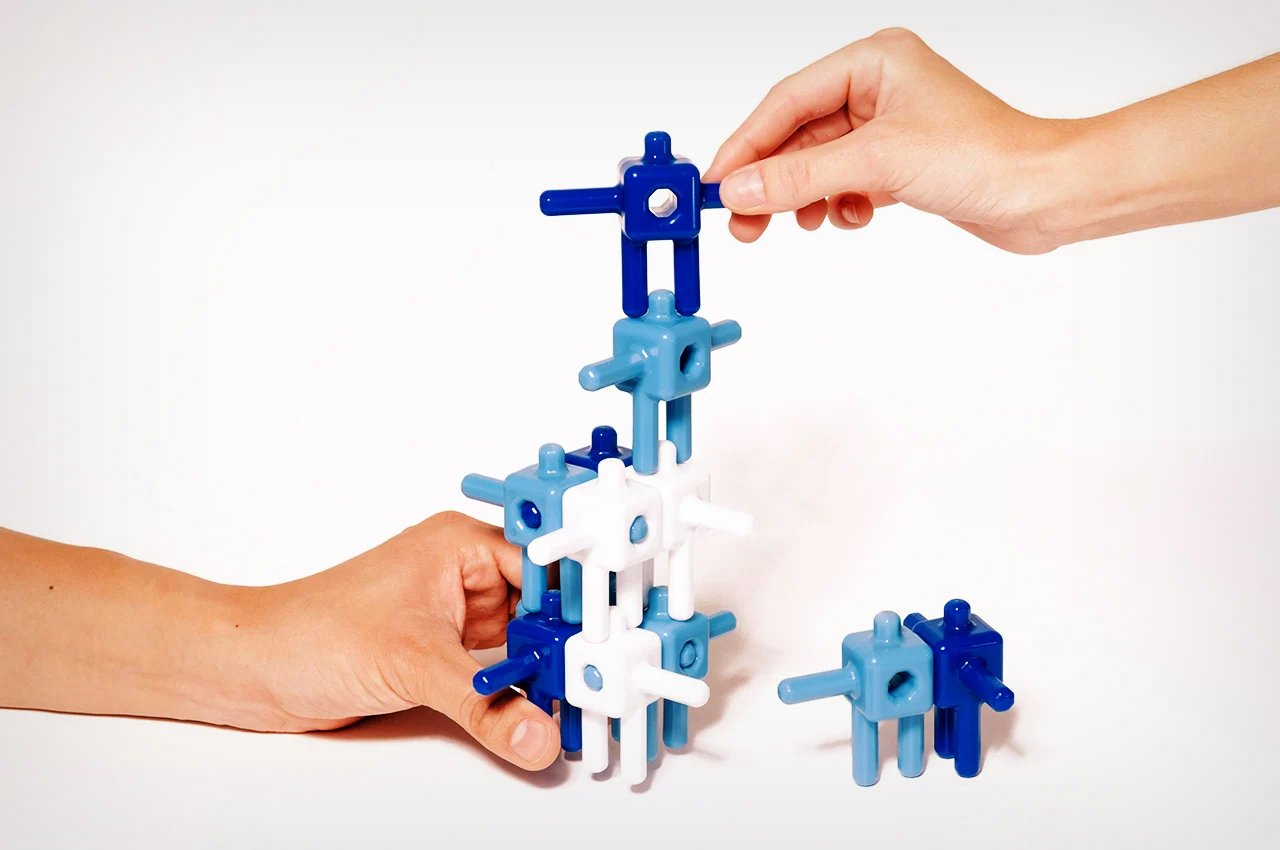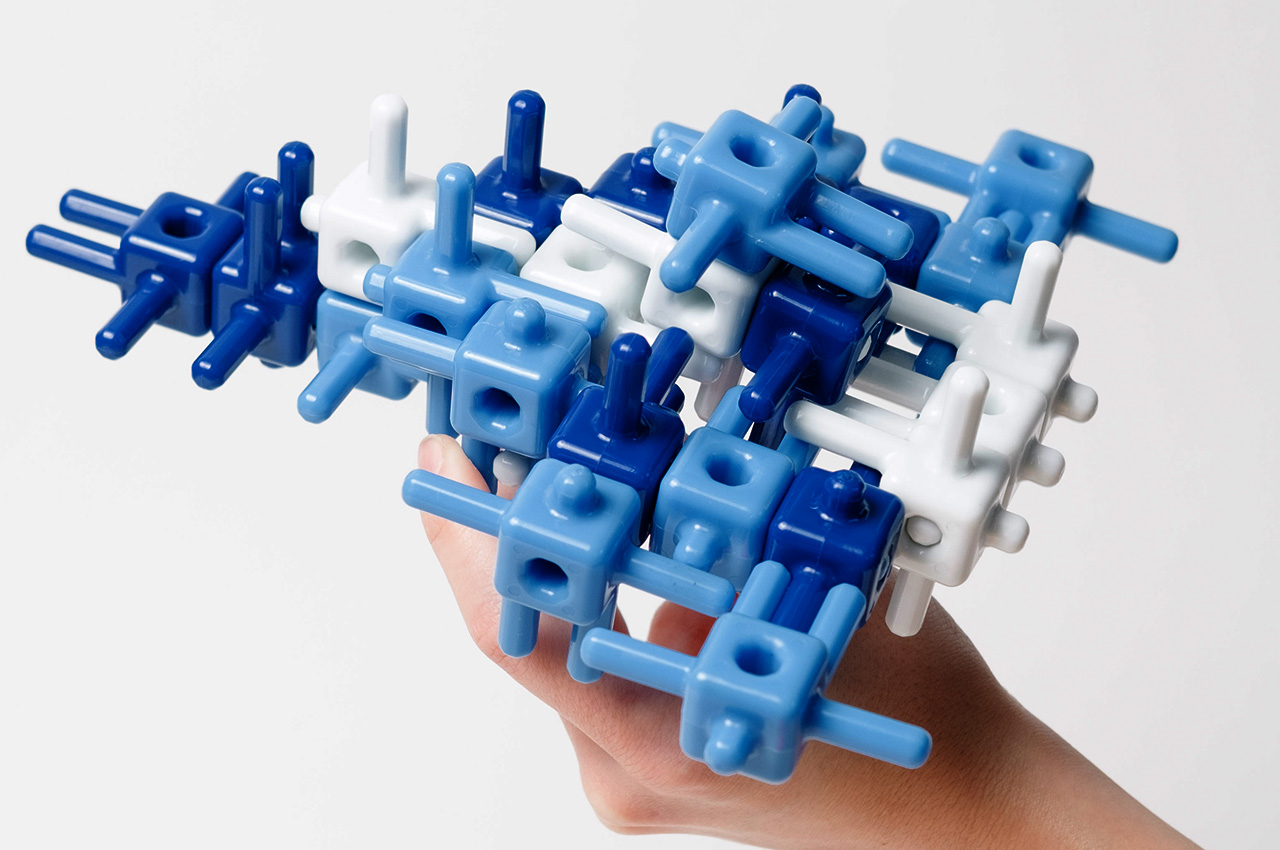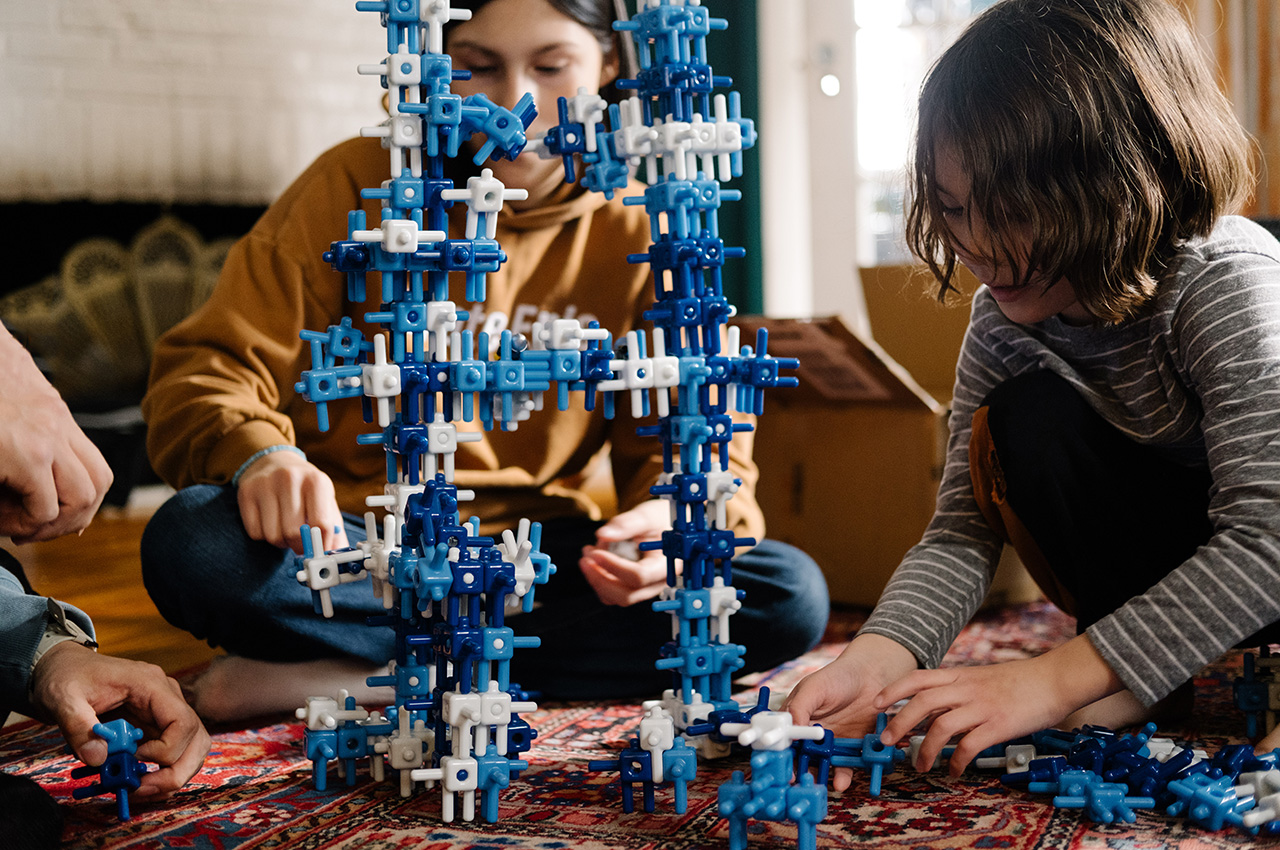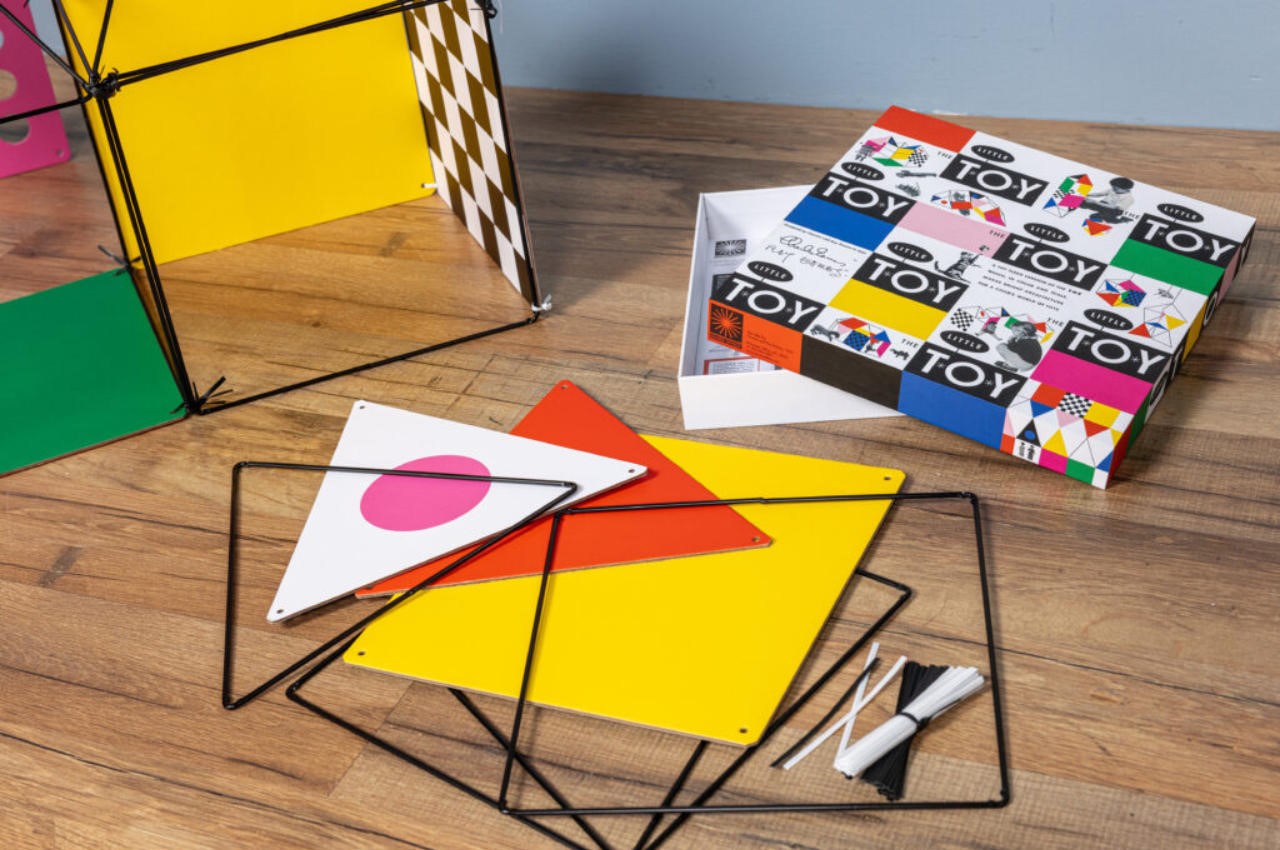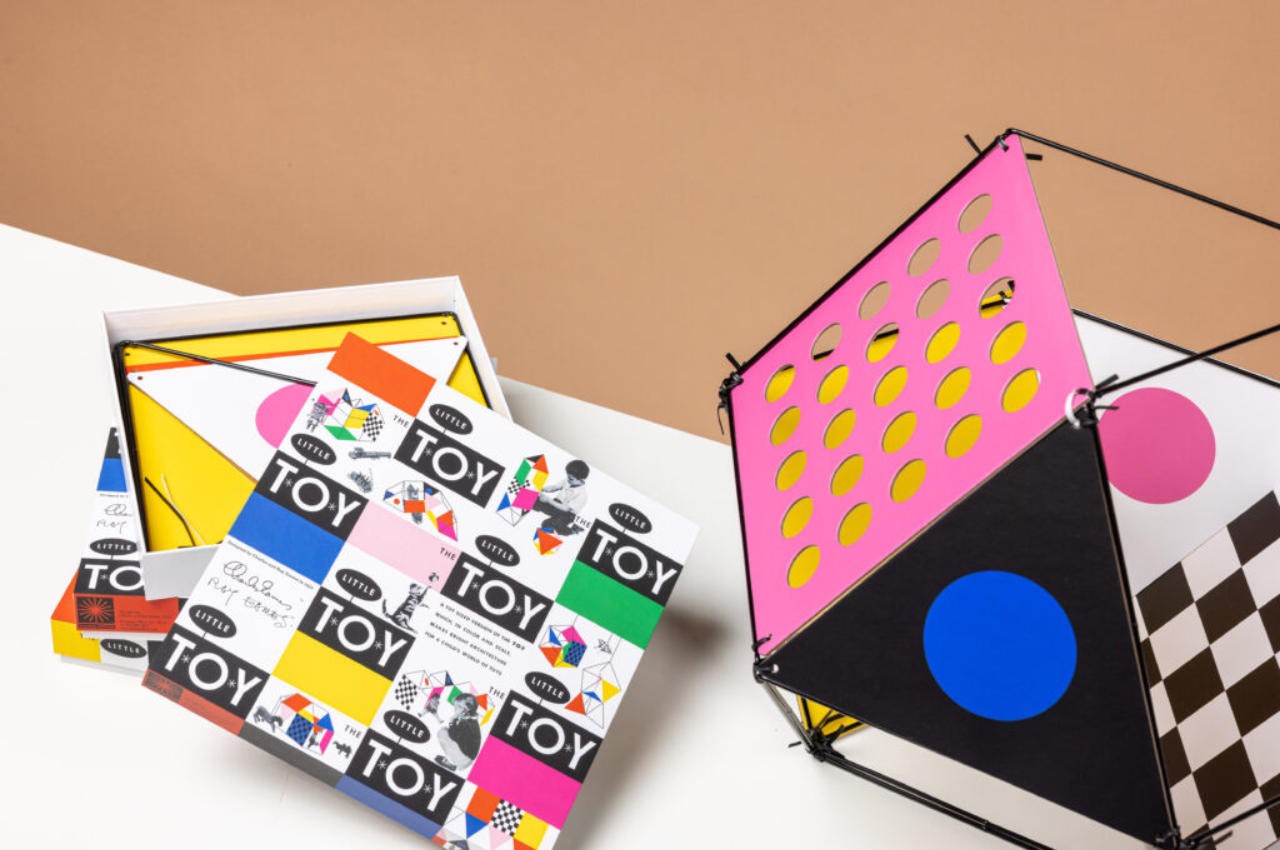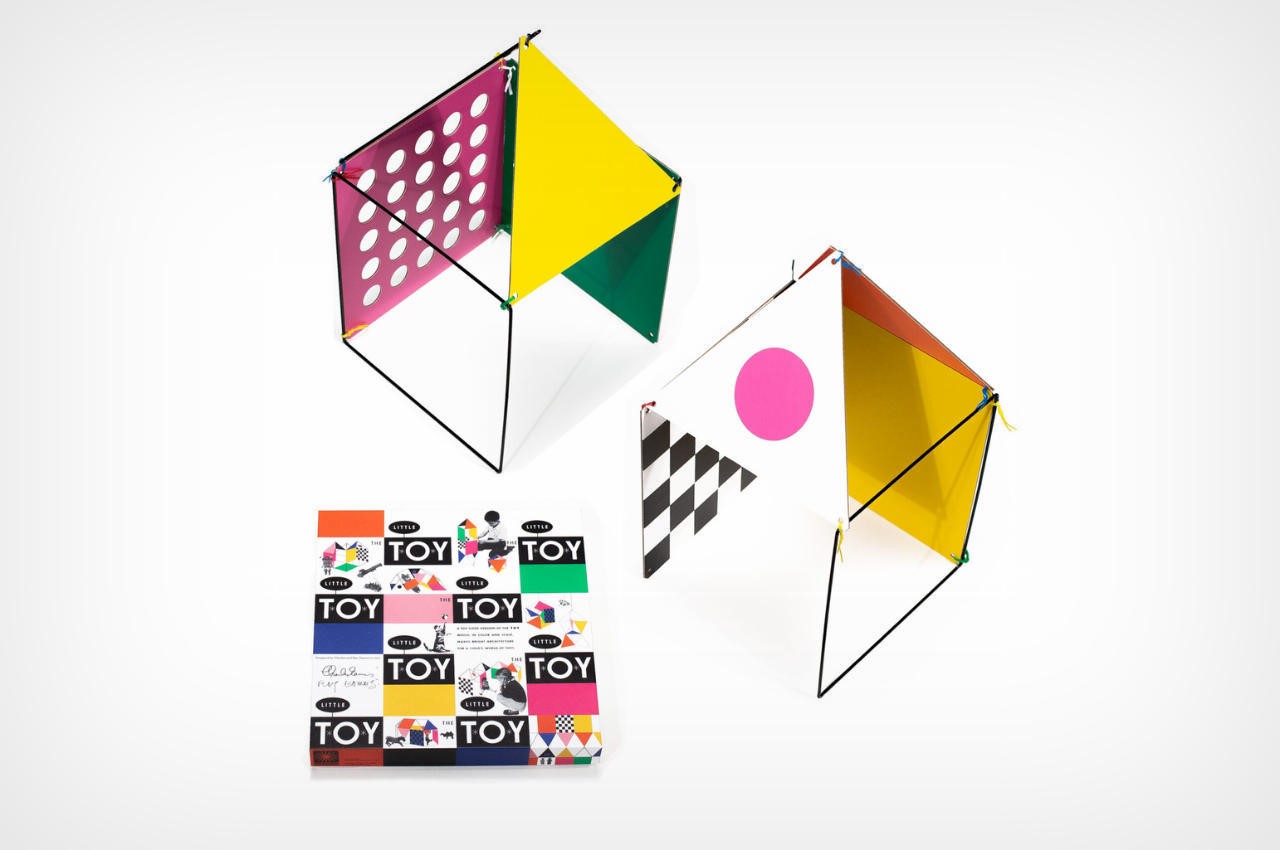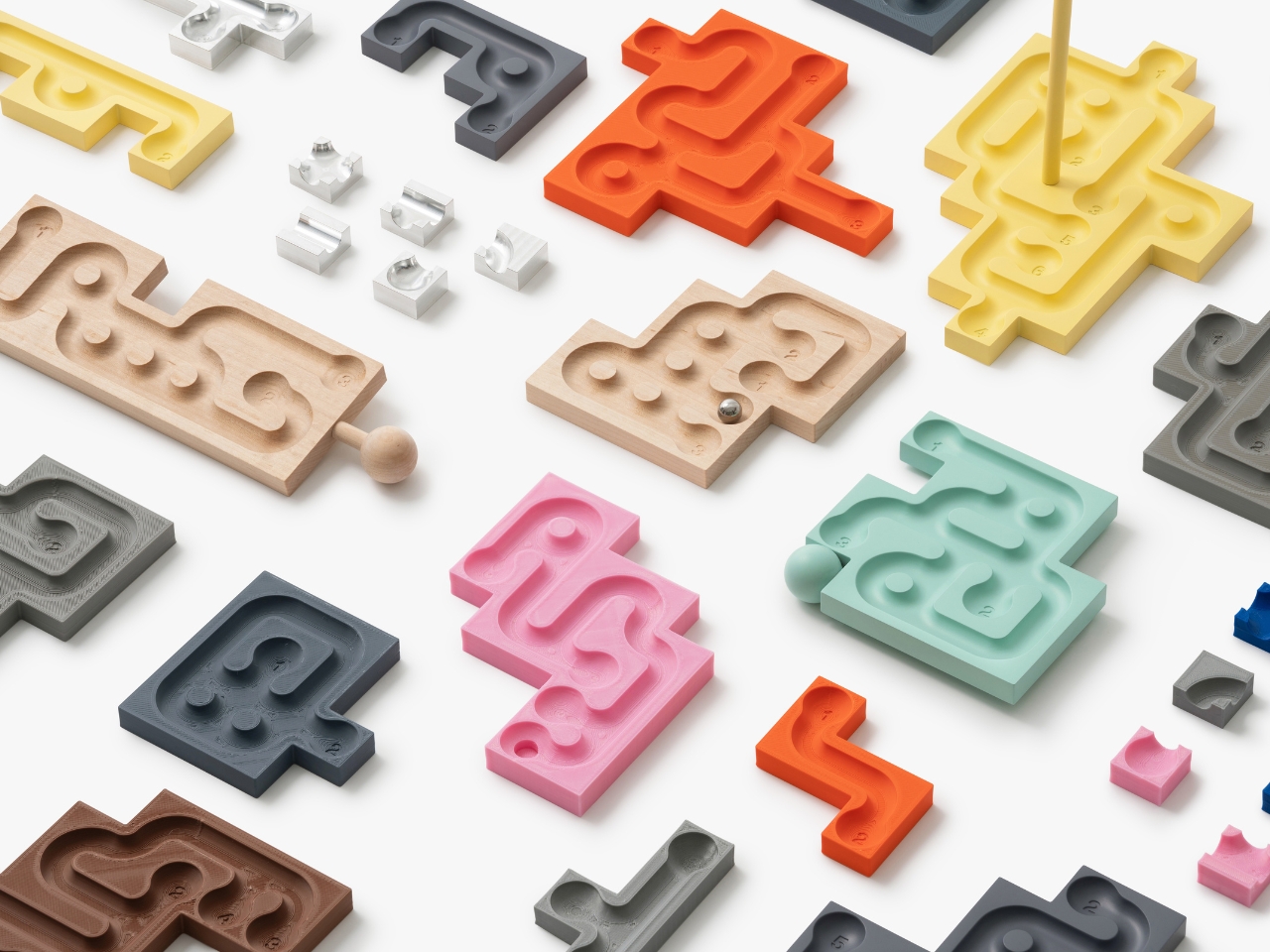
Remember those wooden labyrinth games where you’d tilt a board to guide a tiny marble through a maze? You know, the ones that turned even the calmest person into a bundle of nerves? Well, BKID Co just gave that childhood classic a major upgrade, and honestly, it’s kind of brilliant. Balance Maze is exactly what happens when industrial design meets nostalgic play. This concept isn’t your average tabletop game. It’s a modular marble maze that’s part puzzle, part physics challenge, and entirely more interesting than scrolling through your phone for the hundredth time today.
Here’s where things get clever. Balance Maze consists of five separate modules that connect together like puzzle pieces. Each module contains its own maze section with pathways, twists, and turns. The goal sounds simple enough: guide a marble through the entire maze by tilting and adjusting the slope of each individual module. But here’s the catch: because each section can move independently, you’re constantly problem-solving how to get that marble from one module to the next without sending it careening off course.
Designer: BKID Co
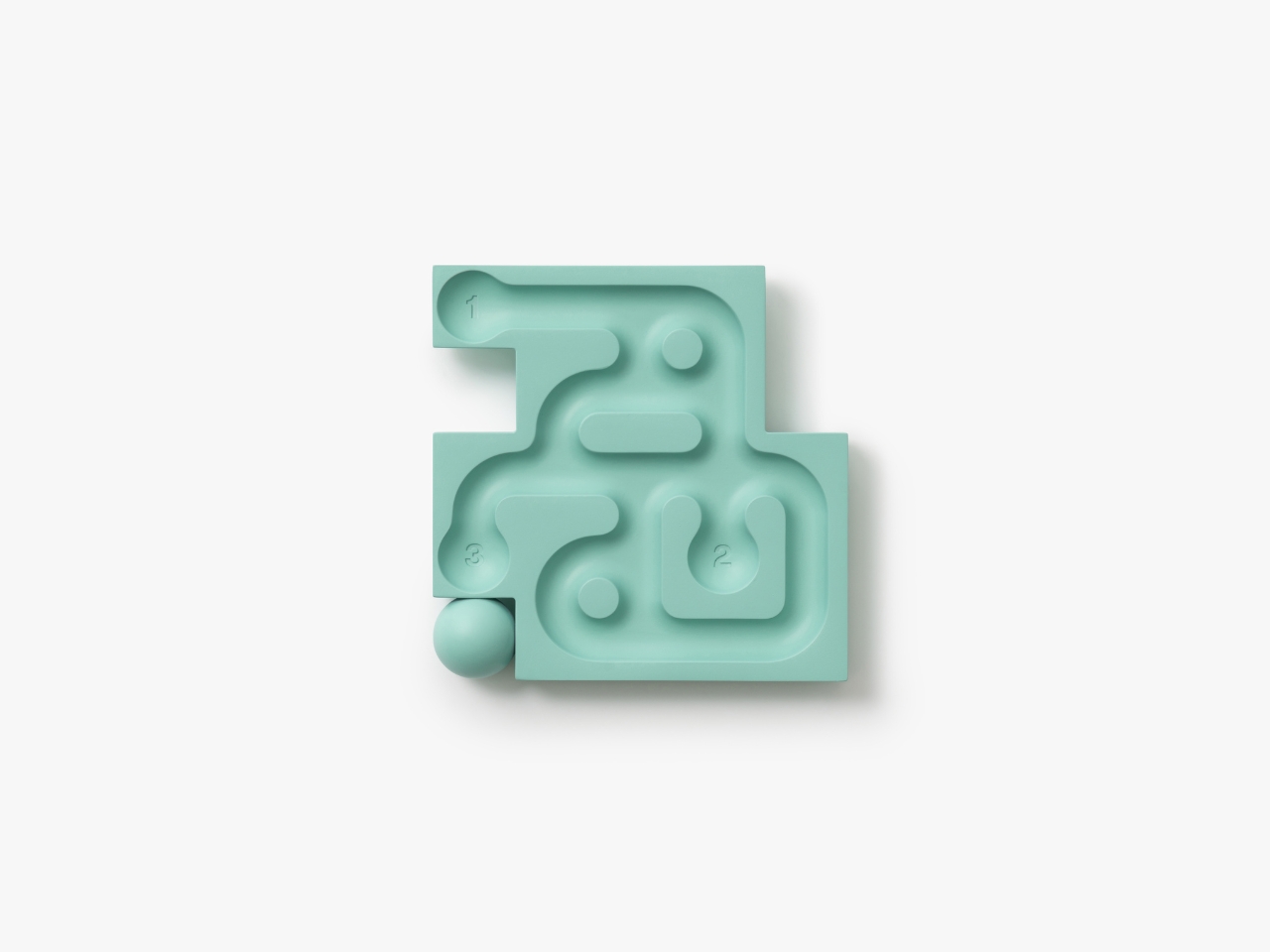
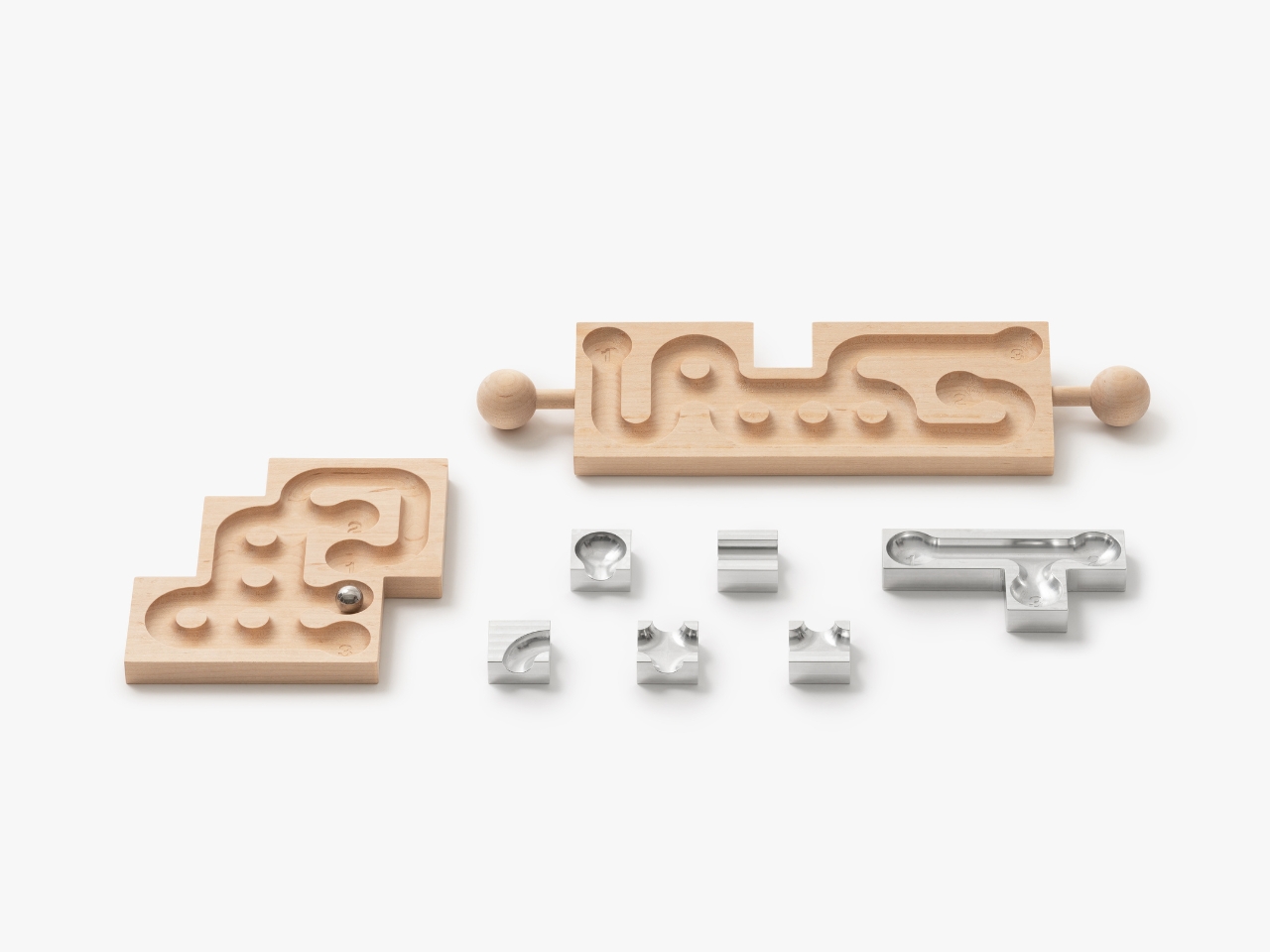
What makes this design so smart is its adaptability. You can combine the modules in different configurations, which means you can control the difficulty level. Want a quick five-minute challenge? Use two modules. Feeling ambitious? Connect all five and prepare for some serious concentration. It’s like having multiple games in one, which is pretty perfect for anyone who gets bored easily or wants something that grows with them. The visual design is refreshingly clean and modern. BKID Co went with a minimalist aesthetic that feels contemporary without being cold. The modules feature smooth surfaces and clean lines, letting the actual gameplay be the star. There’s something satisfying about well-designed objects that don’t need excessive decoration to look good, and this definitely fits that category.
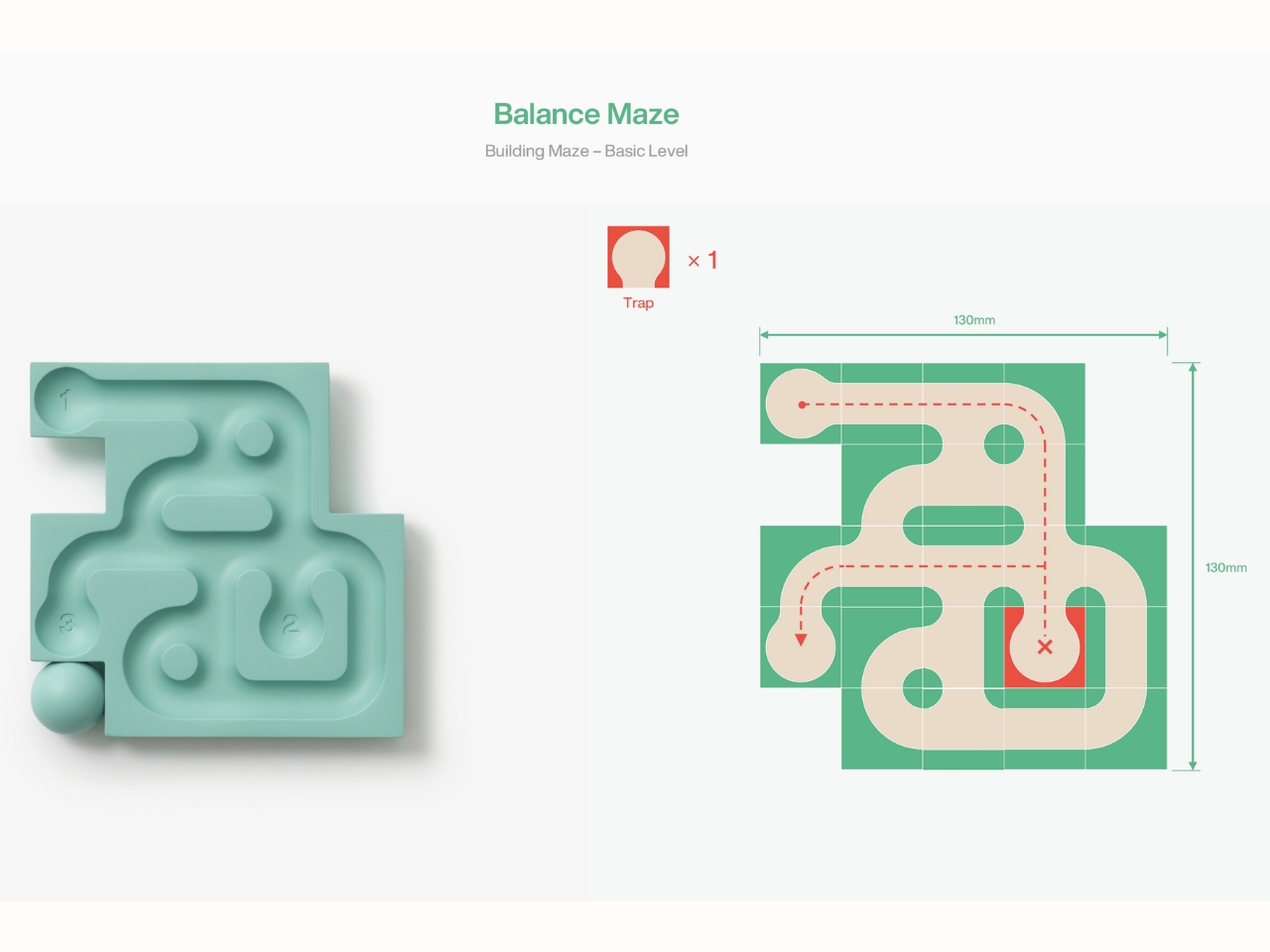
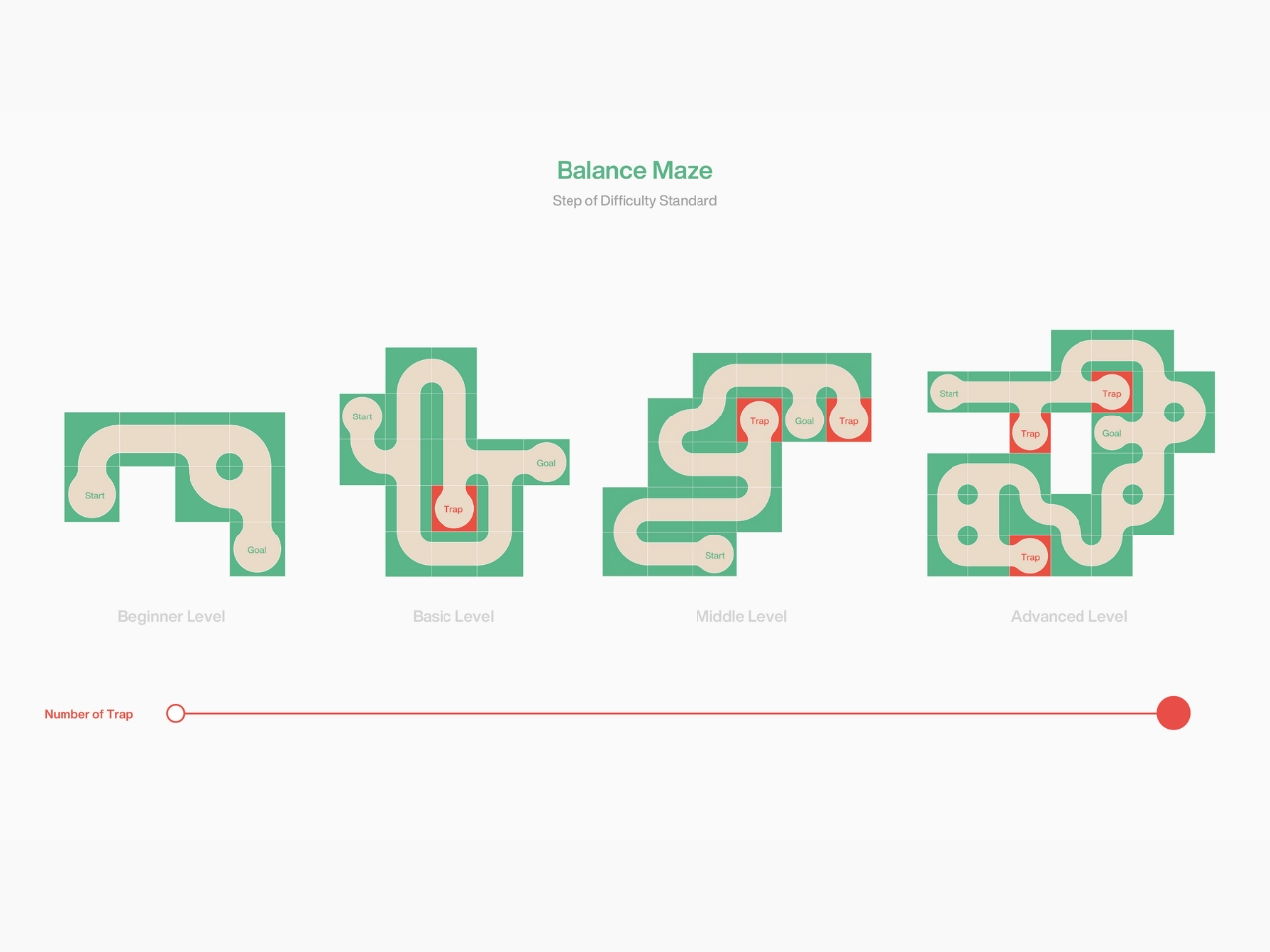
But beyond just looking good on a coffee table, Balance Maze taps into something we’re all craving more of these days: tactile, screen-free play. There’s no app to download, no batteries to replace, no notifications interrupting your focus. Just you, a marble, and the laws of physics. In a world where everything seems to require WiFi, there’s something genuinely refreshing about a game concept that relies entirely on your spatial reasoning and hand-eye coordination.
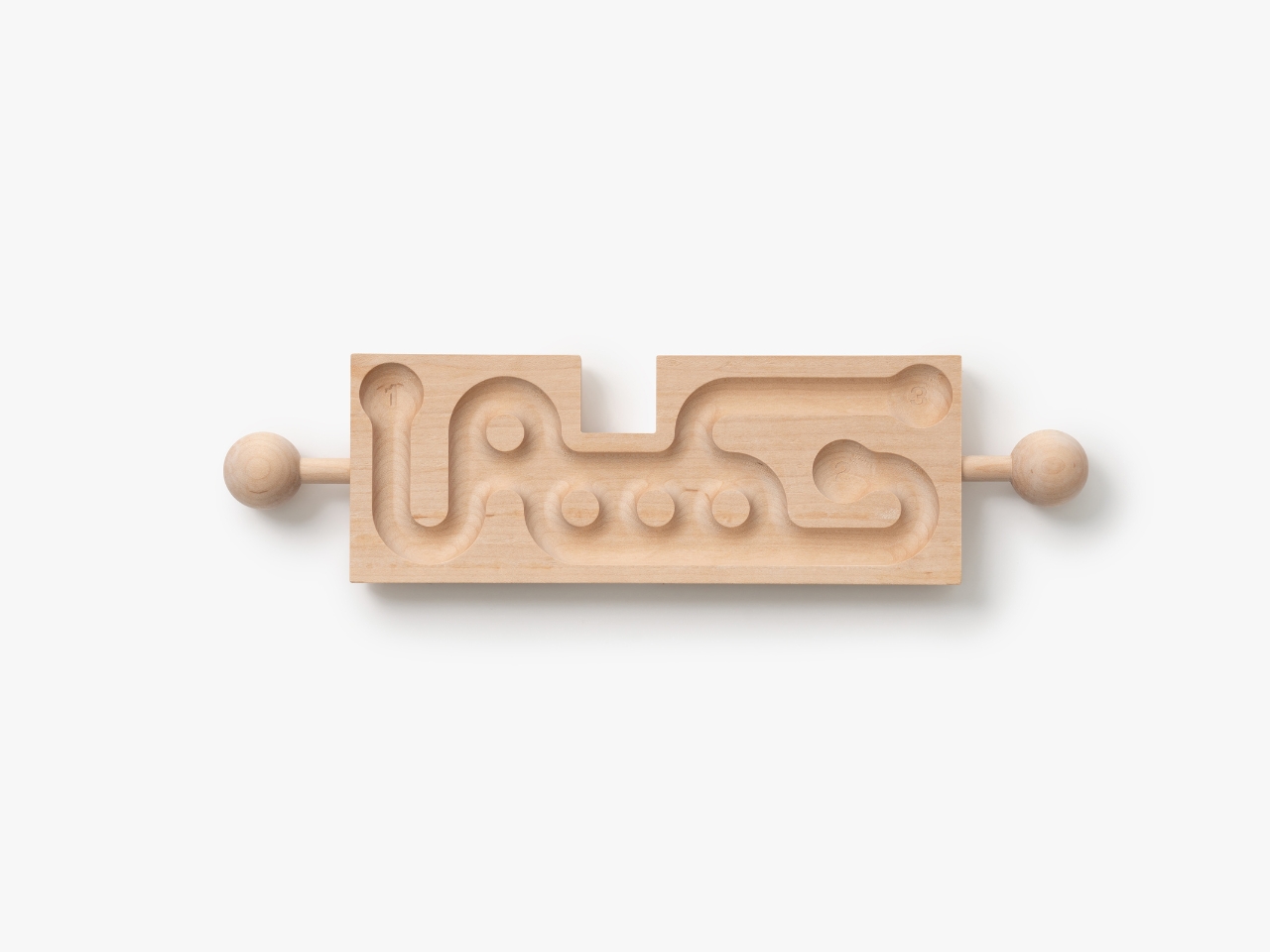
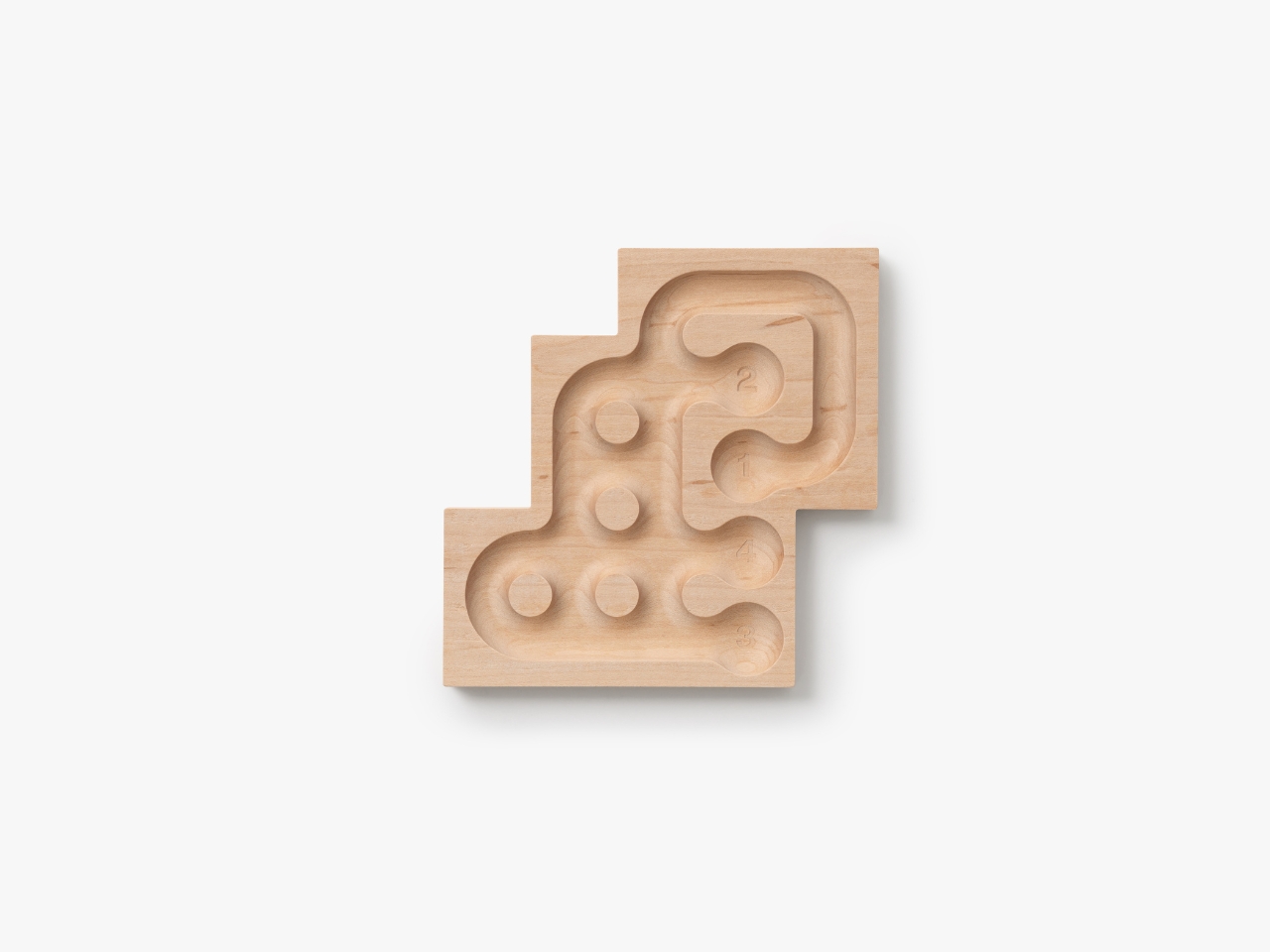
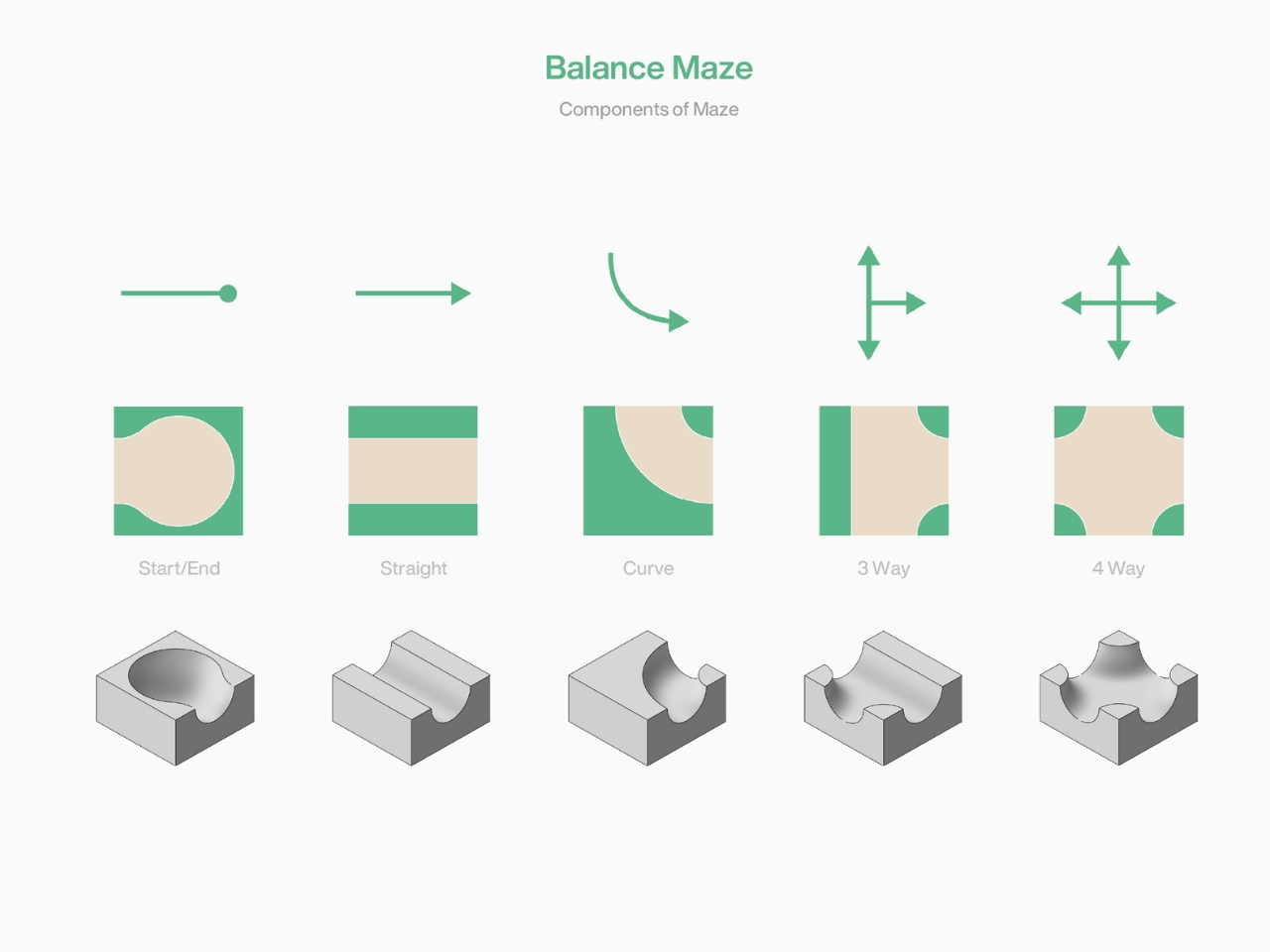
The modular concept also means this could be a game that evolves. While the current design includes five modules, there’s potential for expansion packs, new maze configurations, or even user-created challenges. The design community has already shown plenty of love for the project, which suggests there’s real appetite for thoughtfully designed analog games. What’s particularly interesting is how Balance Maze fits into a broader trend of adults rediscovering play. We’re seeing a resurgence in puzzles, board games, and hands-on activities that offer a break from digital overload. This isn’t just nostalgia (though that plays a part). It’s about reclaiming focus and finding satisfaction in completing something tangible.
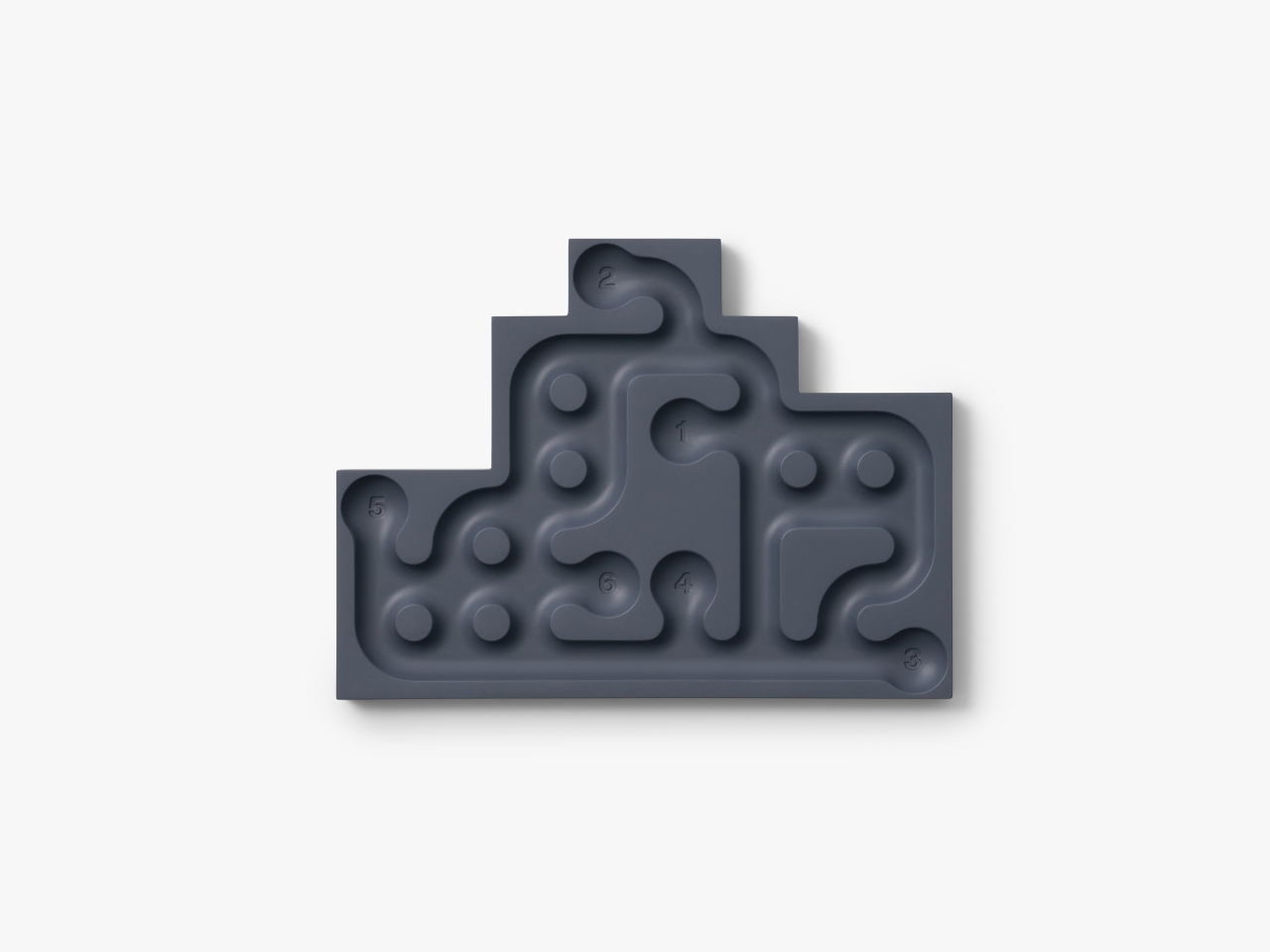
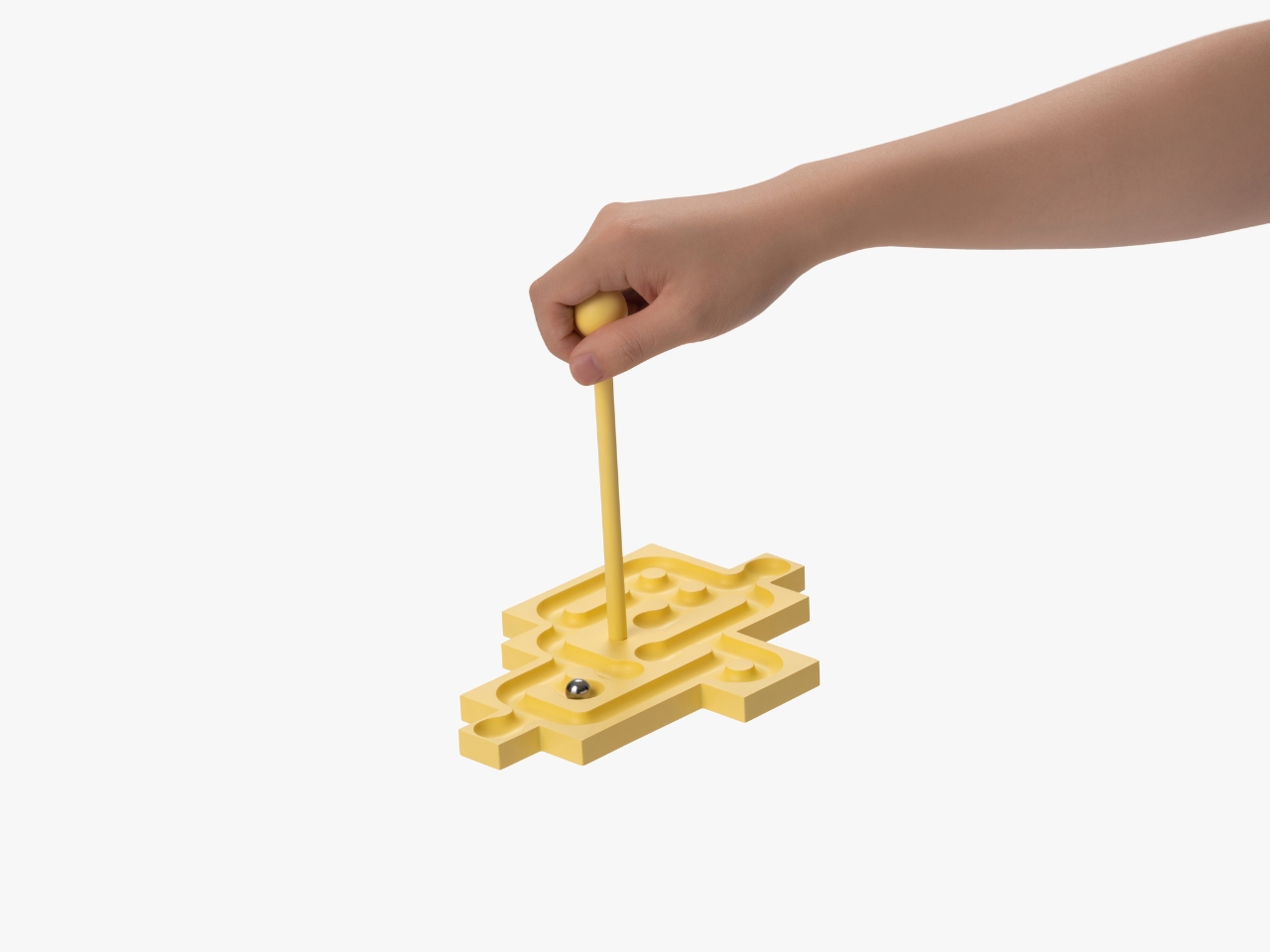
The engineering behind it shouldn’t be overlooked either. Creating a modular system where pieces connect securely while still allowing for individual movement requires careful consideration of materials, weight distribution, and connection mechanisms. BKID Co had to ensure each module could tilt freely without disconnecting from its neighbors, which is trickier than it sounds.
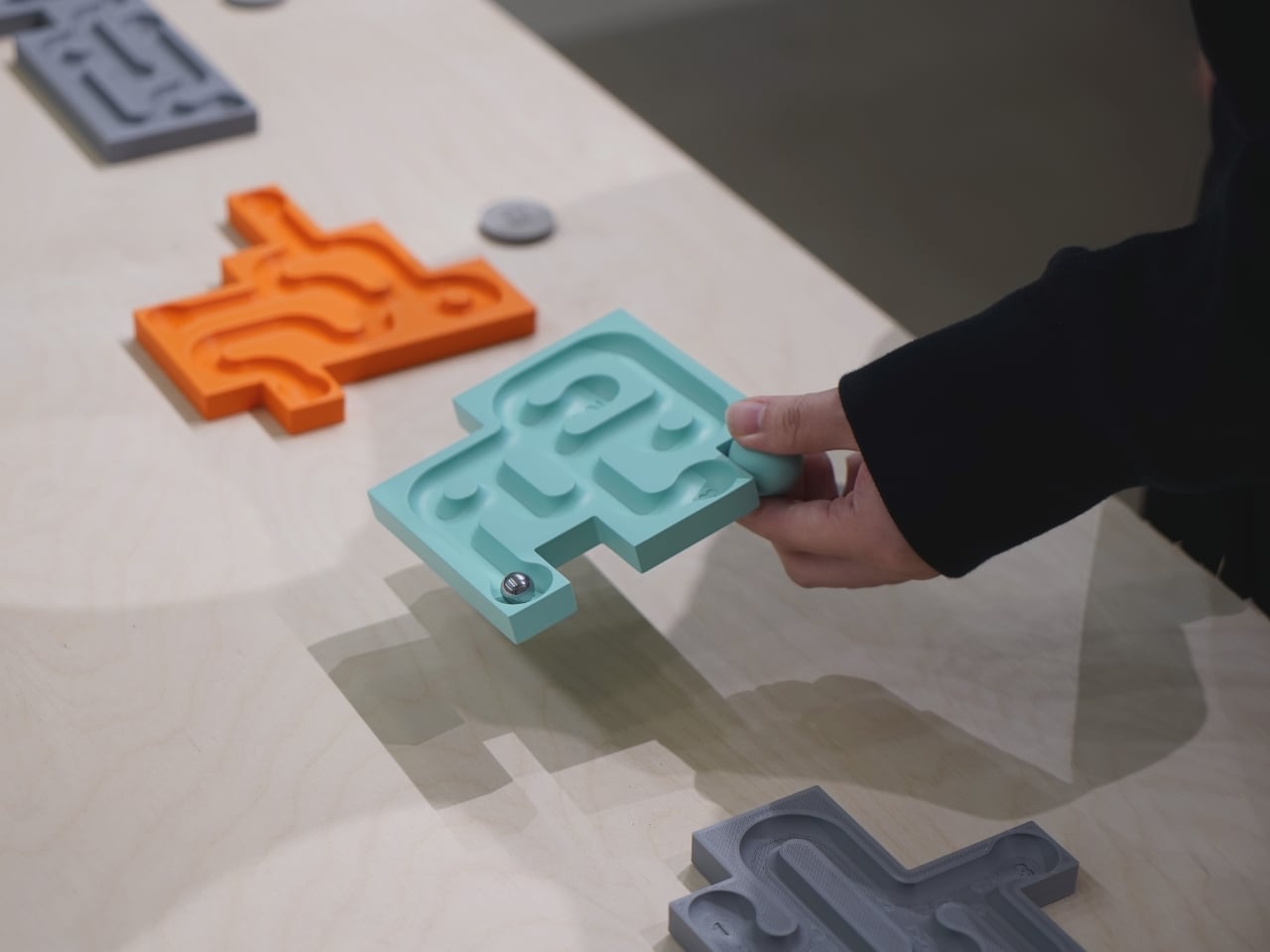
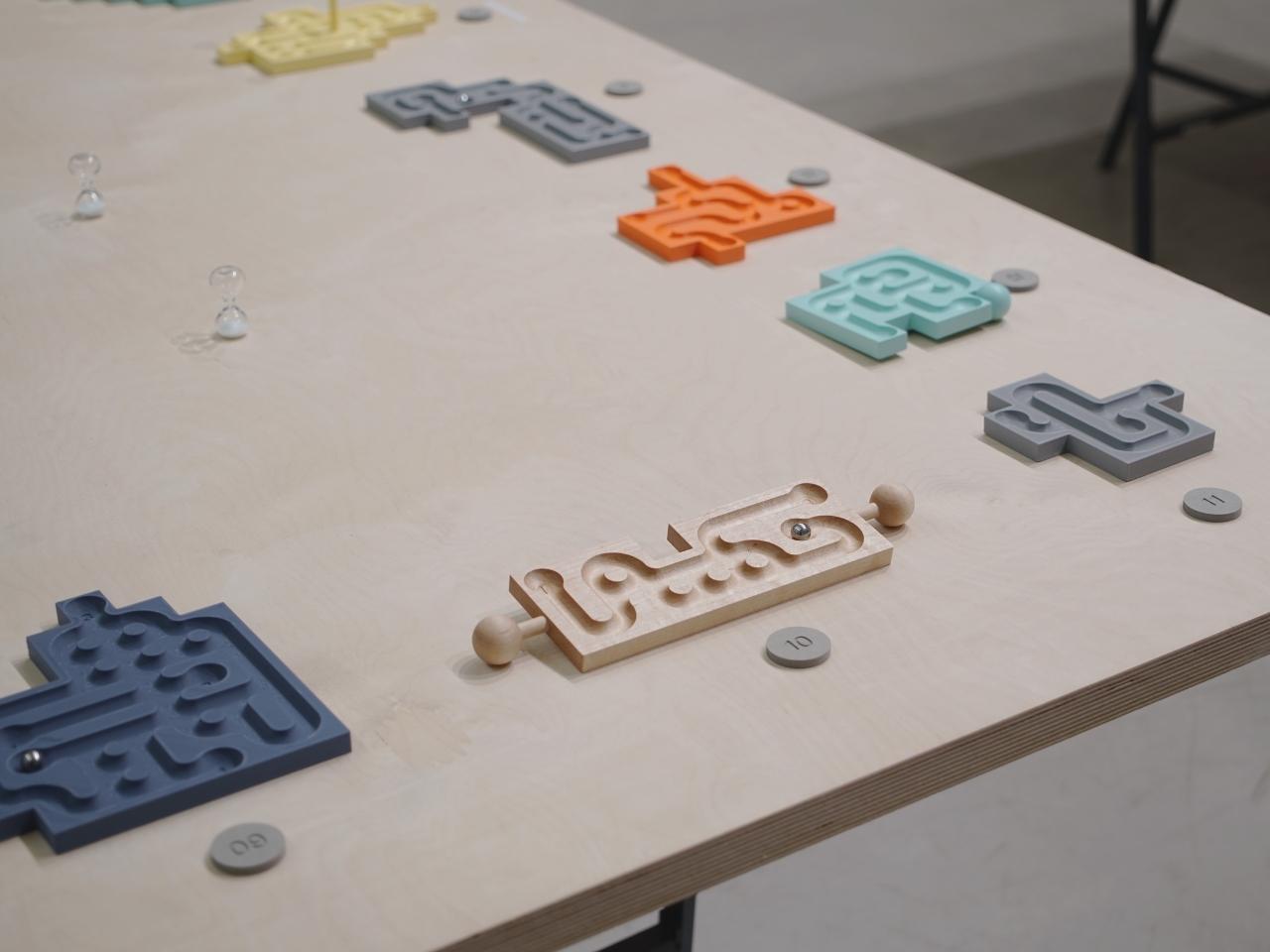
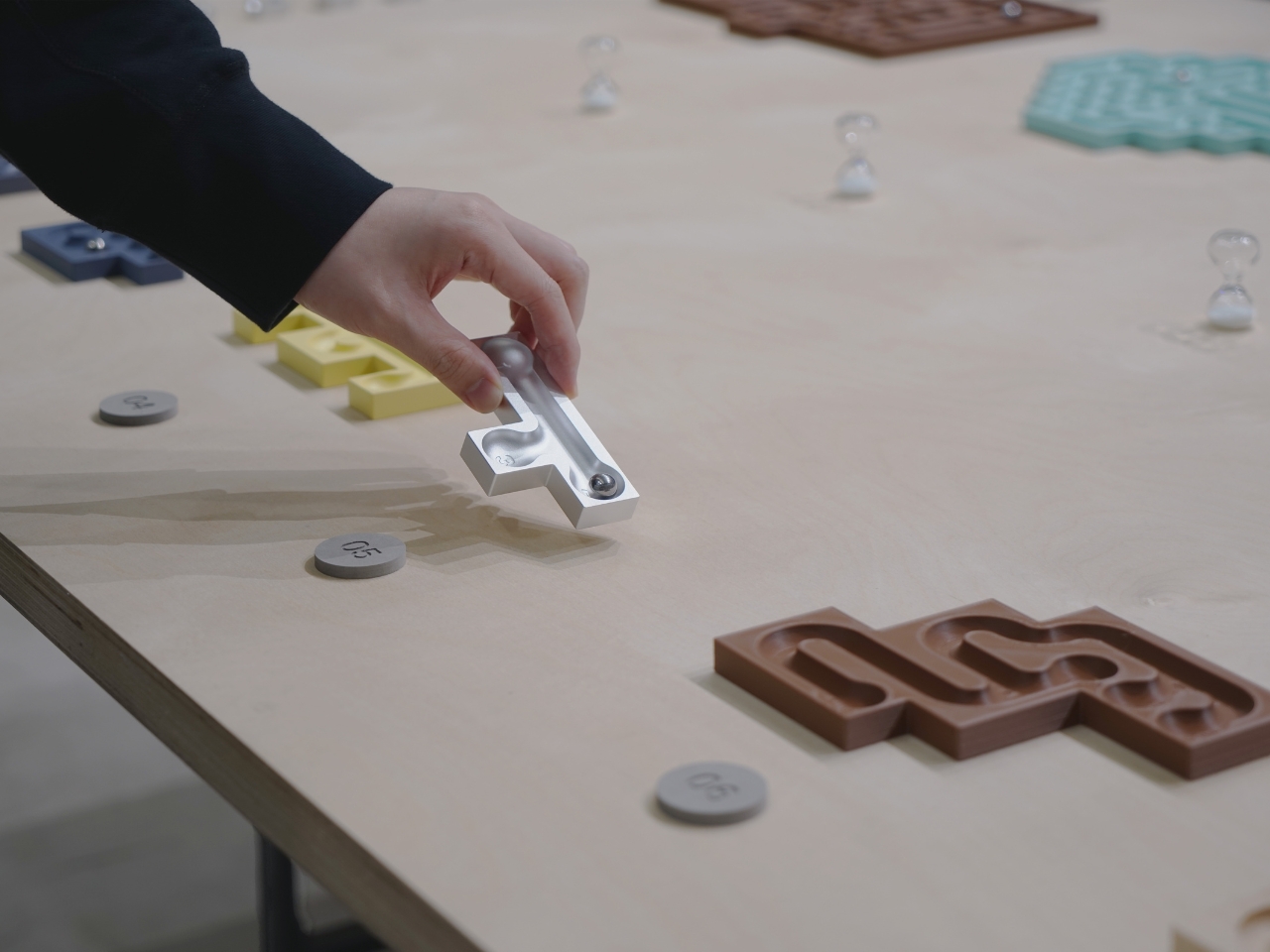
Whether you’re a design enthusiast who appreciates smart industrial design, someone looking for a genuinely engaging game for your home, or just tired of the same old entertainment options, Balance Maze offers something different. It’s proof that sometimes the best innovations aren’t about adding more technology but about reimagining something familiar in a smarter, more thoughtful way. And let’s be real: there’s something deeply satisfying about finally getting that marble to the end after multiple attempts. It’s the kind of small victory that actually feels earned, which is increasingly rare. So if you’re looking for your next conversation-starter object or just want to give your brain a different kind of workout, this concept is definitely worth paying attention to.
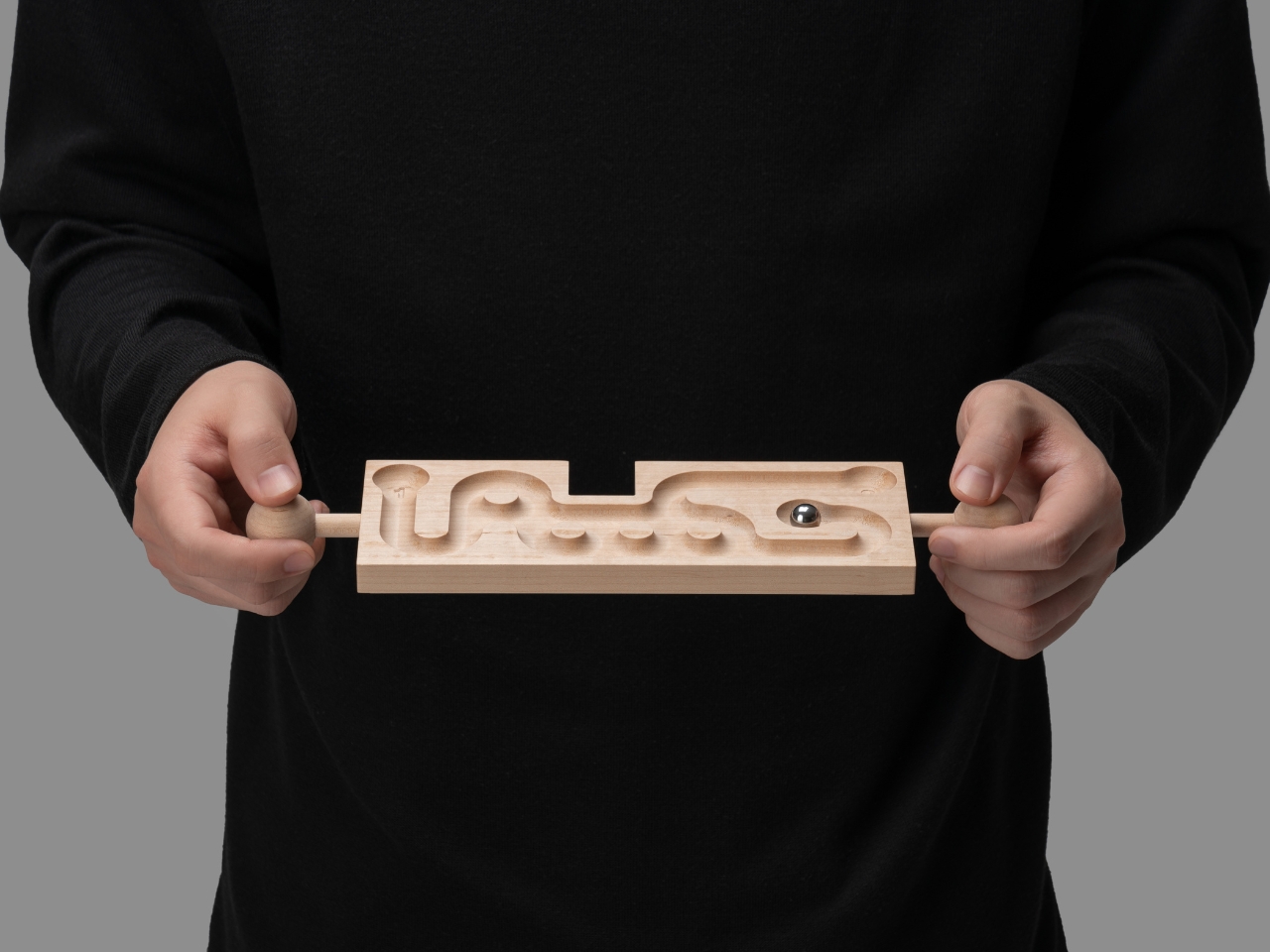
The post This Tilting Marble Maze Turns Into 5 Different Games first appeared on Yanko Design.





